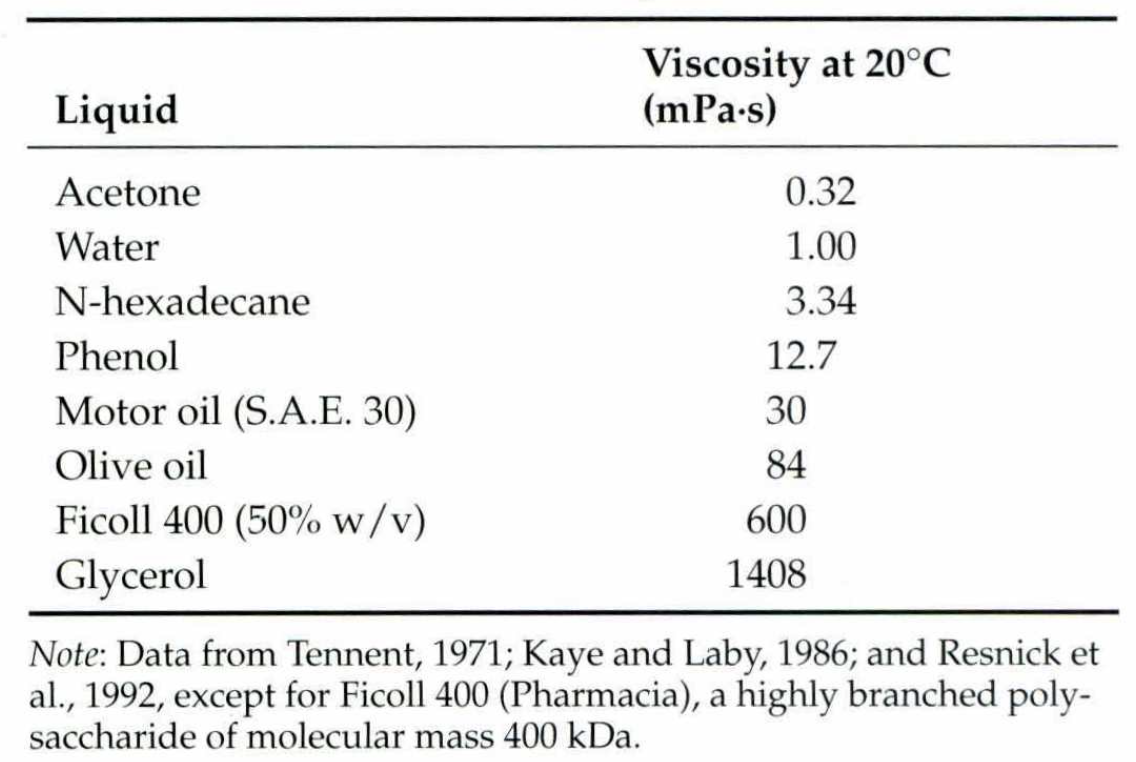3 Consider the data table below. Based on the interpretation of the data, select all of the following that are true. Group of answer choices Of the liquids given, Glycerol has the strongest intermolecular forces Of the liquids given, Acetone has the strongest intermolecular forces You must have the chemical structures to know anything about the intermolecular forces From this data, motor oil likely has a higher vapor pressure than olive oil From this data, motor oil likely has a lower vapor pressure than olive oil From this data, hexadecane likely has a higher boiling point than water From this data, hexadecane likely has a lower boiling point than water
States of Matter
The substance that constitutes everything in the universe is known as matter. Matter comprises atoms which in turn are composed of electrons, protons, and neutrons. Different atoms combine together to give rise to molecules that act as a foundation for all kinds of substances. There are five states of matter based on their energies of attraction, namely solid, liquid, gases, plasma, and BEC (Bose-Einstein condensates).
Chemical Reactions and Equations
When a chemical species is transformed into another chemical species it is said to have undergone a chemical reaction. It consists of breaking existing bonds and forming new bonds by changing the position of electrons. These reactions are best explained using a chemical equation.
3
Consider the data table below. Based on the interpretation of the data, select all of the following that are true.

Trending now
This is a popular solution!
Step by step
Solved in 3 steps









